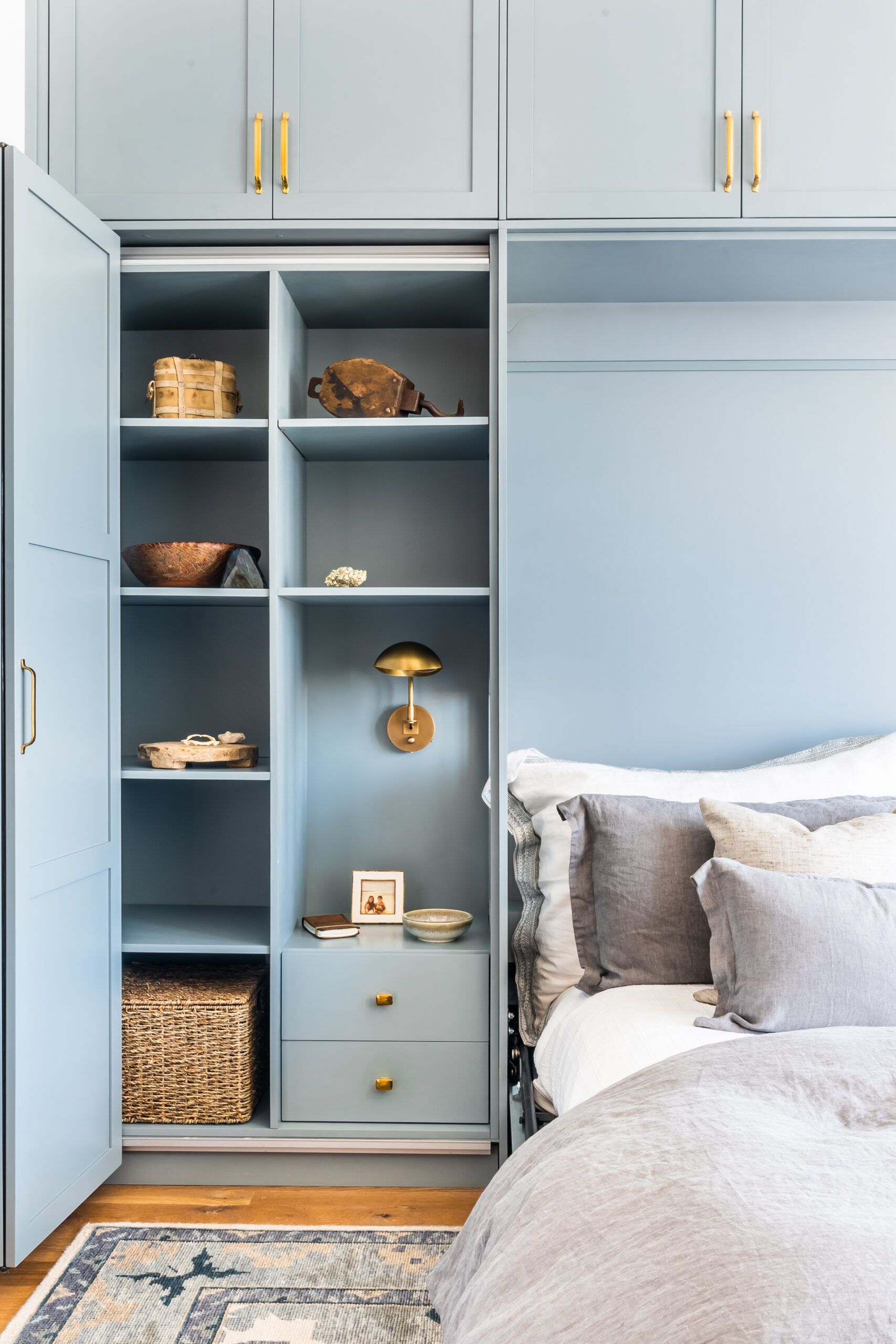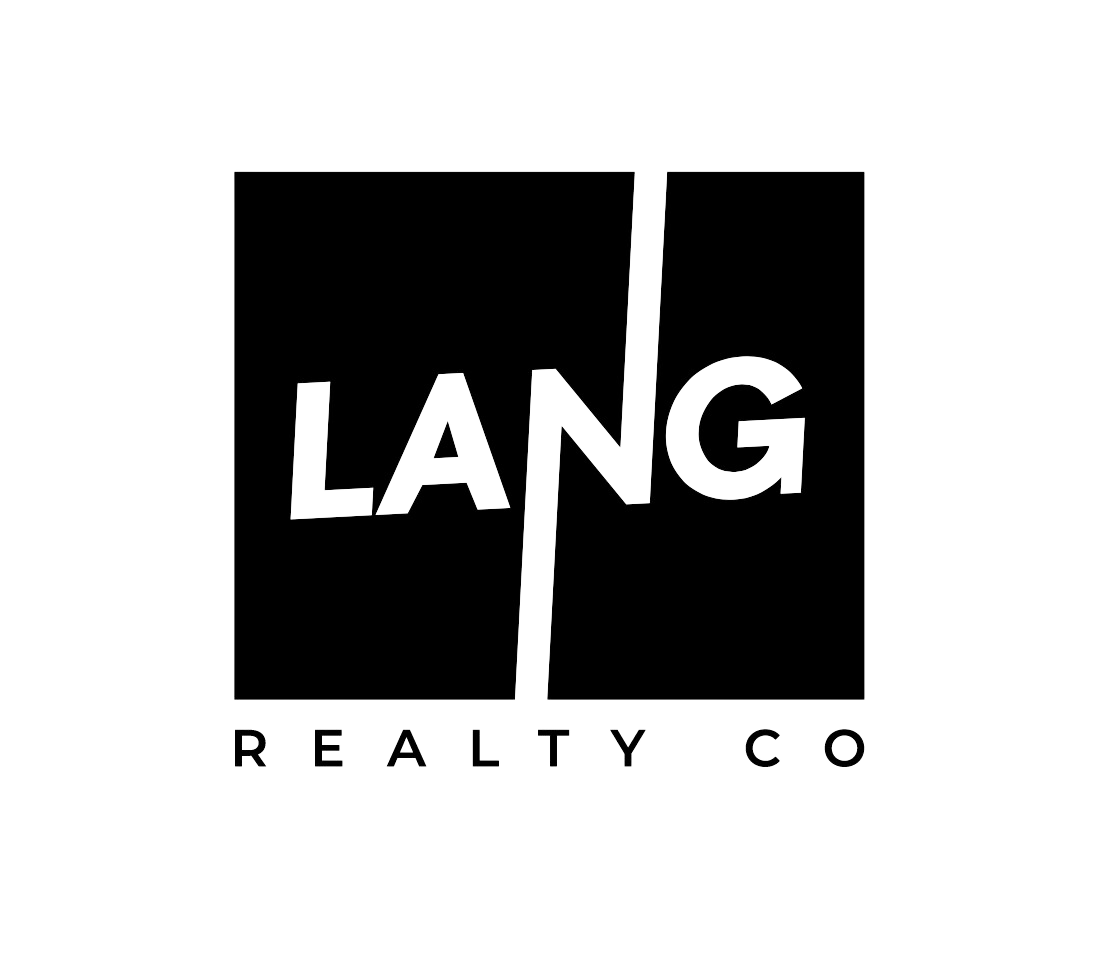
The housing market has been an exciting landscape for sellers in recent years, with prices reaching historic highs and buyers benefiting from low interest rates. However, the current market is drastically different in many areas of the country, and if you’re considering selling your home, you might be wondering how to price it correctly when other sellers around you are still pricing their homes too high.

As the housing market continues to climb, more and more families are turning to multi-generational living as a practical solution to the high costs of homeownership. By combining financial resources and sharing living spaces, families can make the dream of owning a home a reality, all while reaping the added benefits of easier child and elder care. If you’re considering this lifestyle, here’s how your family can leverage it to your advantage:

HOA fees are often seen as an extra expense, but they serve a crucial role in maintaining community amenities, preserving property values, and protecting residents from unexpected repair costs. Learn why these fees are essential for homeowners and how being involved in your HOA can help ensure a well-managed and thriving community.

When selling a home, the question of financial concessions often comes up. Concessions, such as closing cost credits, repair allowances, or upgrade incentives , can help attract buyers—especially if your home isn't in turn-key condition. However, these also impact your bottom line, so it's important to weigh the benefits before making a decision.

Buying a home is one of the biggest financial decisions most people make, and for many first-time buyers, the down payment is a significant hurdle. Fortunately, a down payment gift can help reduce that burden. Understanding how down payment gifts work and who can provide them can make homeownership more attainable.

Selling a home "as-is" can be a strategic decision that benefits many homeowners. Whether you're avoiding costly repairs, dealing with limited equity, or facing financial difficulties, opting for an "as-is" sale may provide the clarity and convenience you need. This option can set clear expectations, ensuring buyers understand they are purchasing the property in its current condition, without expecting repairs.

Key Items to Consider When Defining What Comes With the Home:
1. Fixtures
Fixtures are items that are physically attached to the property, and they typically transfer with the home. Common examples include window treatments, built-in shelving, and lighting fixtures. These are often assumed to be included unless otherwise stated in the contract.
2. Appliances
The inclusion of appliances can sometimes be confusing. Built-in appliances, such as dishwashers, microwaves, and stoves, typically stay with the home. However, free-standing appliances like refrigerators, washer/dryers, or stand-alone stoves may not be included unless specified in the contract.
3. Personal Property
Personal property can be a gray area in real estate transactions. While it’s expected that furniture belongs to the sellers, things like room air conditioning units, washer/dryers, or other personal items may not automatically be included. If there's anything the buyer would like to remain with the home, it should be clearly addressed in the

In today’s digital age, technology plays a significant role in the homeownership journey. Many buyers begin their search online, and after they’ve received the keys to their new home, apps continue to be an essential tool for managing and enhancing their property. From home management to design and security, here are seven must-have apps that will help new homeowners enjoy a seamless and stress-free experience.


